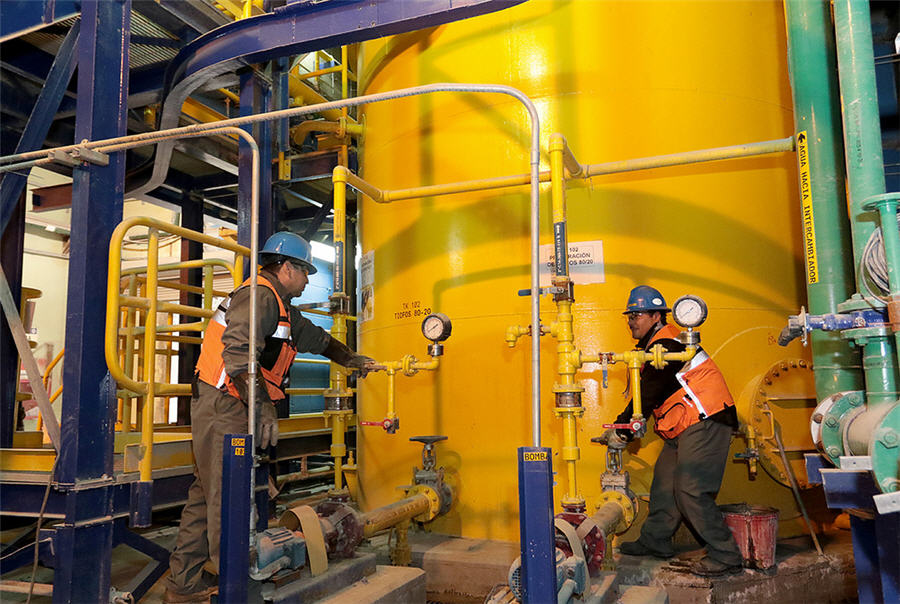Junior exploration companies raise money to acquire and explore a property while praying/hoping the first drill hole, or the next one, or maybe the one after, is the big discovery everyone’s looking for. Without internally generated positive cash flow our juniors are money-eating machines constantly having to go to the market to raise capital through equity offerings. For an investor the resulting share dilution to acquire and explore property after property, continually looking for that discovery, means your return on any such eventual find is diluted down with each financing.
However there are companies in this sector doing things a little different than the mainstream, they’re called “Project Generators.” Project generators, after finding and securing a property, do the initial mapping, sampling and maybe a small drill program. Upon making a discovery, basically finding something of interest, they turn it over to a joint venture partner who puts up the money and or its own shares to earn into the property over a number of years while investigating the discovery.
Yes the project generator’s shareholder’s eventual ownership of a discovery is diluted, BUT, their ownership in the prospect generating company is not diluted because there is very little dilution of the generators outstanding shares. This is because the exploration/development expenses are paid by the partner, not the generator.
Unfortunately most junior sector investors tend to believe that the prospect generator is selling the farm and giving away the chance of a multi times return on their investment. A property ownership dilution business model is not as well liked as the much more common share dilution model.
The typical joint venture deal requires the incoming partner to spend a certain amount of dollars, and make scheduled stock payments, over a fixed period of time to initially earn a 50-60% piece of the property. In an ideal situation (advancement of the property down the development path towards building a mine), the JV partner earns themselves an increased interest by completing certain milestones within the negotiated timeframe. Our prospect generator is thereafter required to fund a smaller portion, say 30%, of the development costs or further dilute their interest. This 30% of a defined resource has cost investors relatively little in terms of share dilution and the bang for their buck is the same or greater than if their company had repeatedly gone to the market for equity financings.
Our prospect generator offers two other things that should be considered…
- The project generator could take this approach time after time on different projects, at the same time, with relatively little dilution. Prospect generators do not have to concentrate limited resources and stretch themselves to cover one or two projects. And if one of their projects does go bust, well they always have a few more simmering on the front burners
- If at first you don’t succeed try and try again, the same project may be joint ventured many times, each new company trying a different geological model and approach before success is ultimately achieved
The more projects found and partnered off, the more likely project generator shareholders are to participate in a big discovery while their company successfully preserves the treasury and keeps share dilution down to a minimum. This is the power of, and how, the joint venture model is supposed to work, exploration and hopefully future development of project after project is funded using OPM – other people’s money.
Conclusion
Most investors in project generators do so because they understand searching for a deposit and actually building a mine is a long, difficult, risky and extremely expensive road to travel and that the trip can take many years and many millions of dollars, sometimes tens of millions of dollars.
But investors in project generators can take a business-like approach to maximizing their exposure to many different quality projects that offer the opportunity for the much coveted and sought after multi times return on invested capital while preserving close to their original ownership interest.
That’s an attractive proposition and should be on every investors radar screen. Is it on yours?
If you’re interested in learning more about the junior resource sector, bio-tech and technology sectors please come and visit us at www.aheadoftheherd.com
***
Legal Notice / Disclaimer
This document is not and should not be construed as an offer to sell or the solicitation of an offer to purchase or subscribe for any investment. Richard Mills has based this document on information obtained from sources he believes to be reliable but which has not been independently verified; Richard Mills makes no guarantee, representation or warranty and accepts no responsibility or liability as to its accuracy or completeness. Expressions of opinion are those of Richard Mills only and are subject to change without notice. Richard Mills assumes no warranty, liability or guarantee for the current relevance, correctness or completeness of any information provided within this Report and will not be held liable for the consequence of reliance upon any opinion or statement contained herein or any omission.
Furthermore, I, Richard Mills, assume no liability for any direct or indirect loss or damage or, in particular, for lost profit, which you may incur as a result of the use and existence of the information provided within this Report.
{{ commodity.name }}
{{ post.title }}
{{ post.date }}

Comments